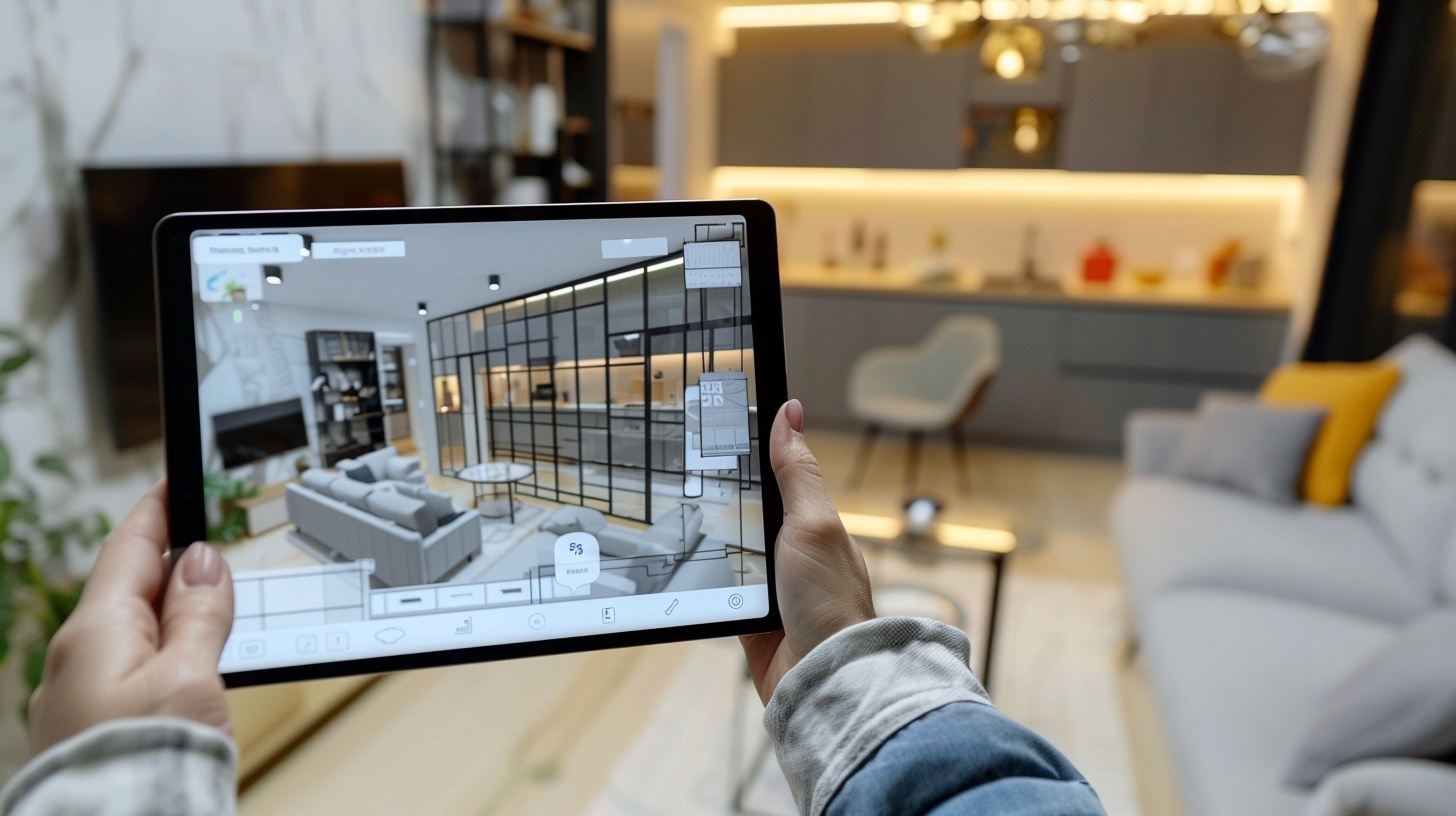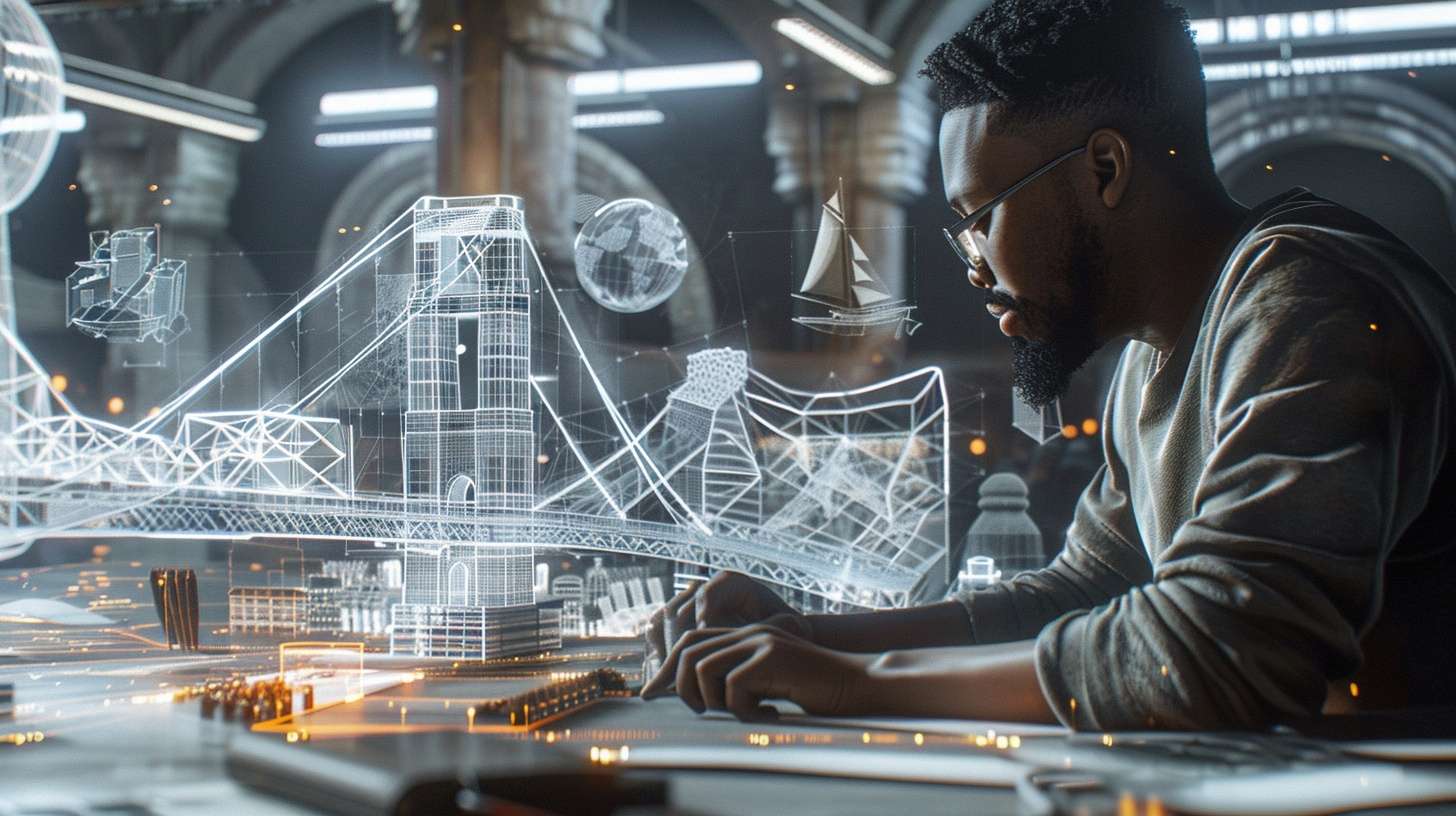
The Art of Retrofitting in Upgrading Existing Buildings to Modern Standards
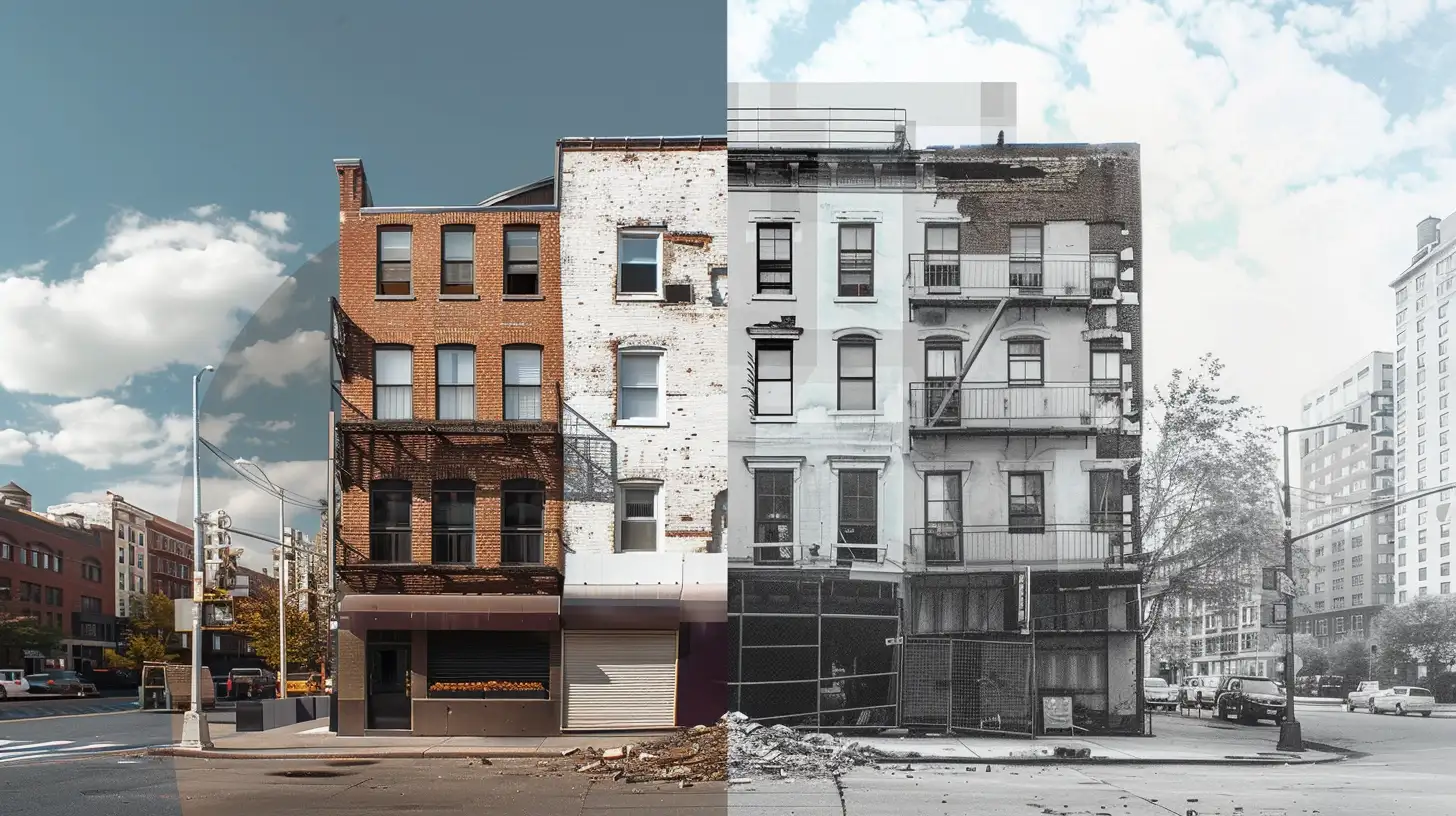
The Art of Retrofitting existing buildings is like giving them a makeover to fit into today’s world better. You know, it’s like when you update your old phone with new software to make it run smoother and do more stuff? Well, retrofitting does the same thing but for buildings. It’s about making them perform better, last longer, and meet the needs of modern life.
Why Retrofitting Matters
You might wonder why bother retrofitting when we already have so many new buildings going up? Well, think about it like this: there are tons of old buildings out there, and there are better ideas than tearing them down to build new ones. Plus, retrofitting helps us save energy, reduce waste, and preserve our architectural heritage. It’s like giving these old buildings a new lease on life.
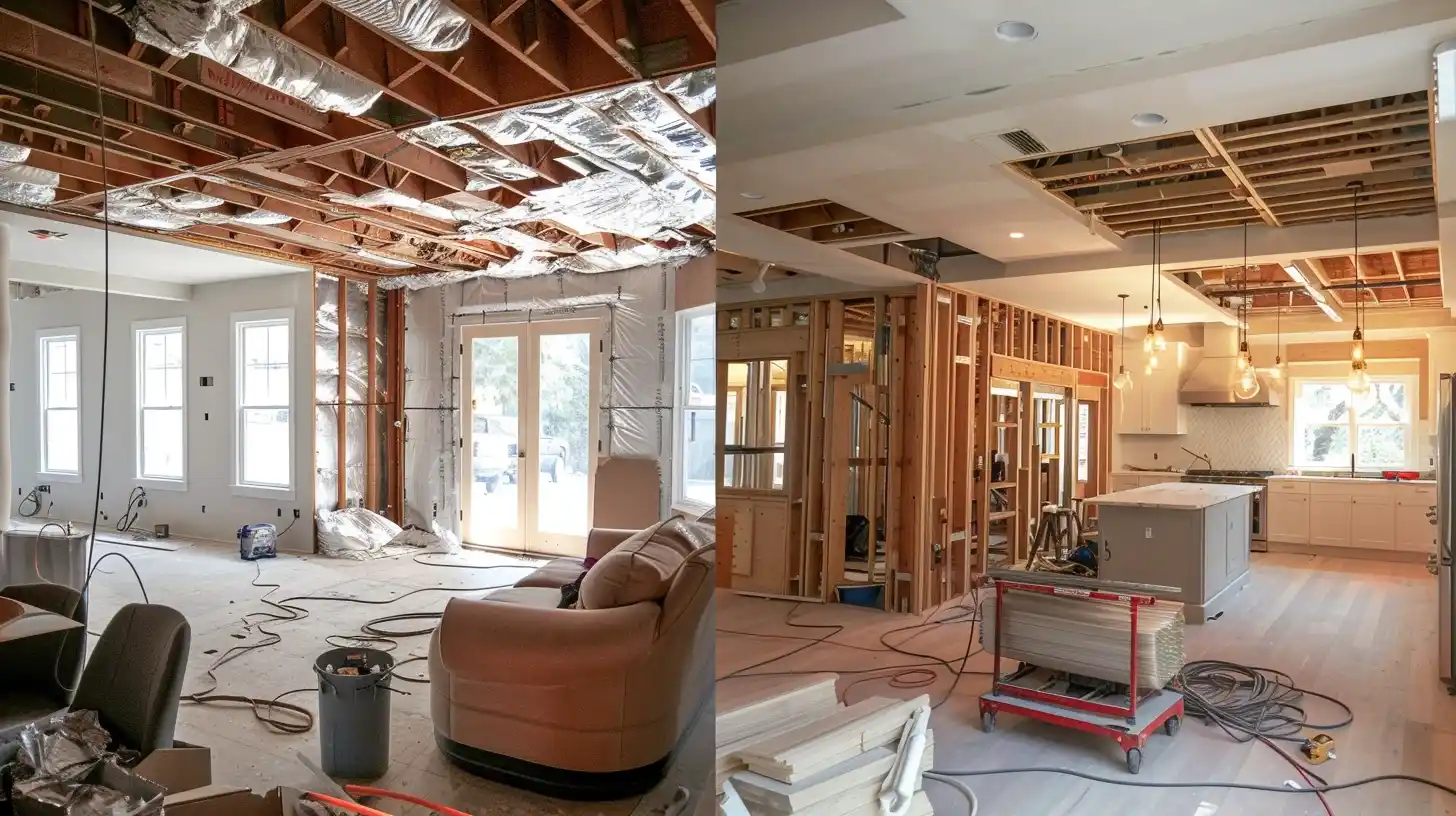
What Retrofitting Involves
Now, let’s break down what retrofitting actually involves. First off, you gotta assess the building to see what needs fixing or updating. This could be anything from improving insulation to upgrading electrical systems or even adding smart technology for better control. Then, it’s all about coming up with a plan and getting the right people on board to make it happen.
The Benefits of Retrofitting
Retrofitting isn’t just good for the building—it’s good for everyone. It helps us save money on energy bills, reduces our carbon footprint, and creates safer, more comfortable spaces to live and work in. Plus, it’s a great way to support local communities and preserve our history for future generations.
Challenges and Opportunities That Come With The Art of Retrofitting
Now, let’s talk about the nitty-gritty of retrofitting. It’s not all sunshine and rainbows—there are some challenges to overcome along the way. One biggie is figuring out how to make old buildings more energy-efficient without breaking the bank. You’ve got to balance cost-effectiveness with environmental impact to get the best bang for your buck.
Outdated Infrastructure and Building codes
Another challenge is dealing with outdated infrastructure and building codes. Sometimes, old buildings just weren’t designed to meet today’s standards, so you’ve got to get creative to bring them up to snuff. Plus, there’s always the risk of unexpected surprises lurking behind those walls—like hidden structural issues or hazardous materials—that can throw a wrench in your plans.
A Silver Lining
But hey, it’s not all doom and gloom. Retrofitting also presents plenty of opportunities for innovation and creativity. From integrating renewable energy sources like solar panels to incorporating smart technologies for better building management, there’s no shortage of ways to make old buildings shine brighter than ever before.
The Future of Retrofitting
Looking ahead, the future of retrofitting is looking pretty bright. With advancements in technology and growing awareness of sustainability issues, more and more people are realizing the importance of breathing new life into old buildings. And as demand for retrofitting services continues to rise, so too will the opportunities for companies like Designs Boss to make a real difference in the world of architecture.
Tips for Successful Retrofitting Projects
Now that you’re armed with knowledge about retrofitting, let’s look at some tips to make your project a success. Whether you’re a building owner, developer, or just someone curious about the process, these tips will help guide you through the retrofitting journey.
Start with a Plan
Before you dive into any retrofitting project, take the time to develop a comprehensive plan. This should outline your goals, budget, timeline, and any potential challenges you might face along the way. Having a clear roadmap will help keep your project on track and ensure everyone involved is on the same page.
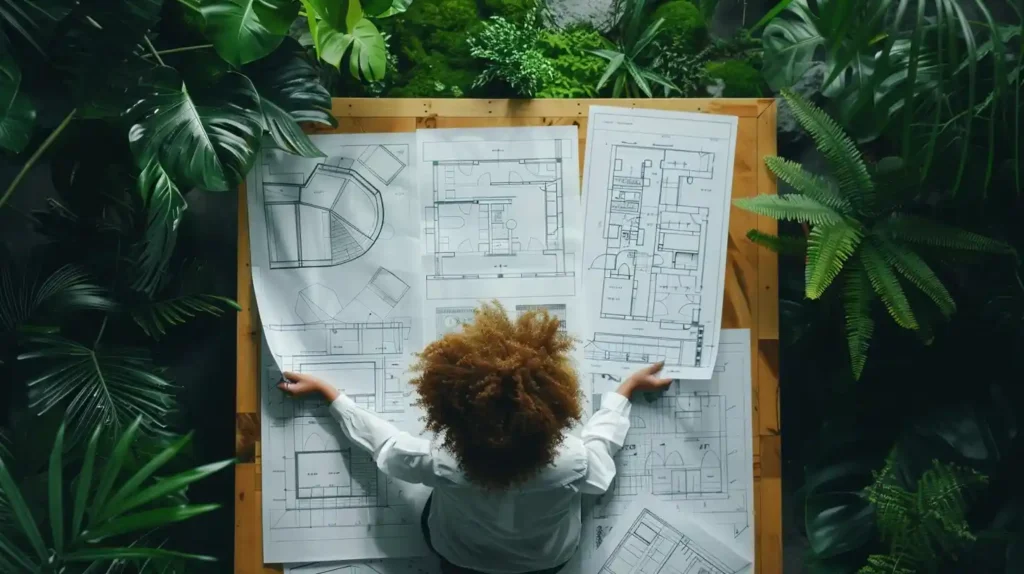
Consult the Experts
Retrofitting can be a complex process, so don’t be afraid to seek out expert advice. Whether it’s an architect, engineer, or sustainability consultant, having the right professionals on your team can make all the difference. They’ll help you navigate building codes, identify cost-effective solutions, and ensure your project meets all requirements.
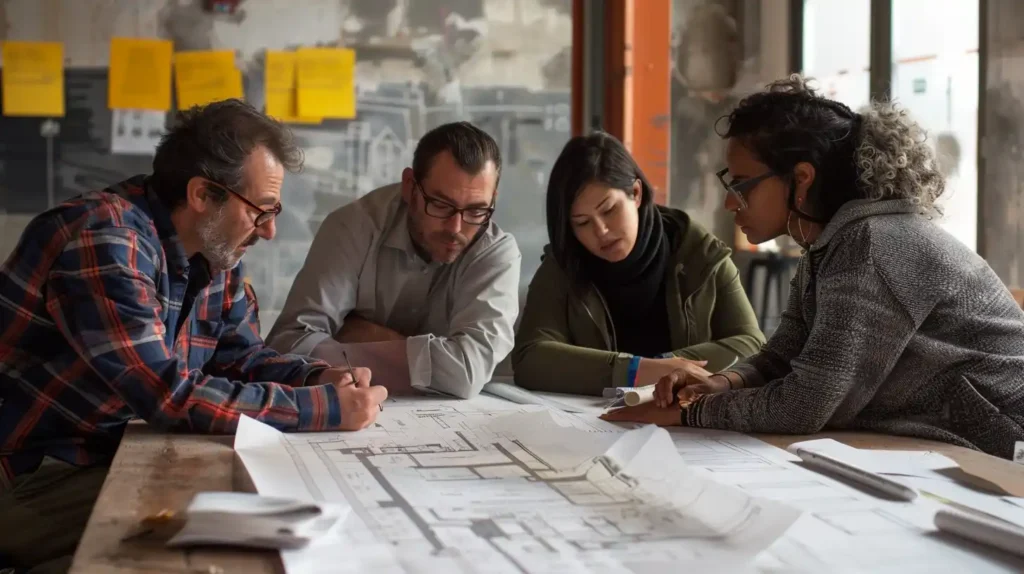
Prioritize Energy Efficiency
One of the primary goals of retrofitting is to improve energy efficiency. So, prioritize upgrades that will help reduce energy consumption and lower your carbon footprint. This could include installing energy-efficient lighting, upgrading HVAC systems, or adding insulation to improve thermal performance.
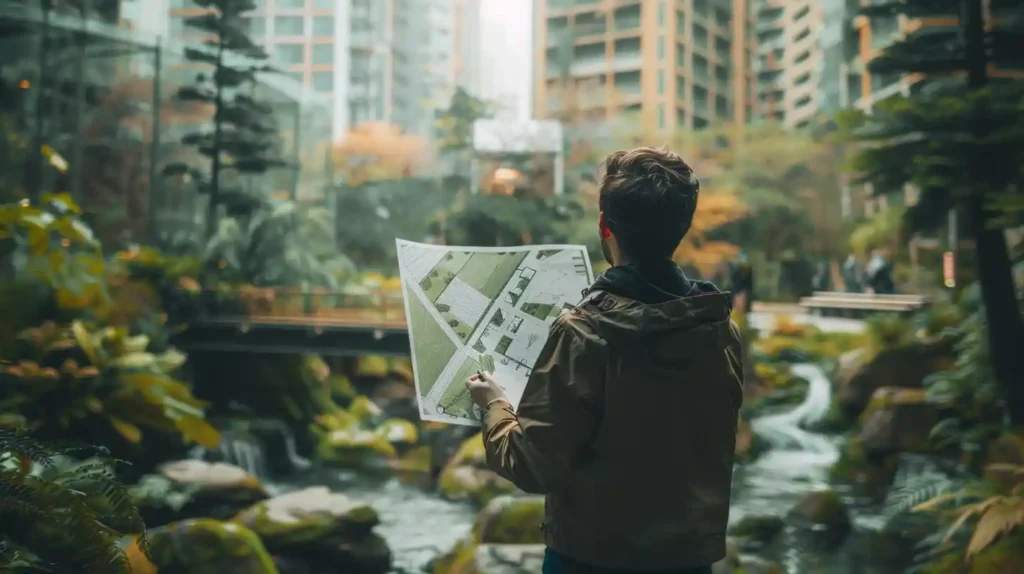
Consider Long-Term Maintenance
When planning your retrofitting project, think about the long-term maintenance needs of your building. Opt for durable materials and technologies that will stand the test of time and require minimal upkeep. This will help ensure your retrofitting investment continues to pay off for years to come.
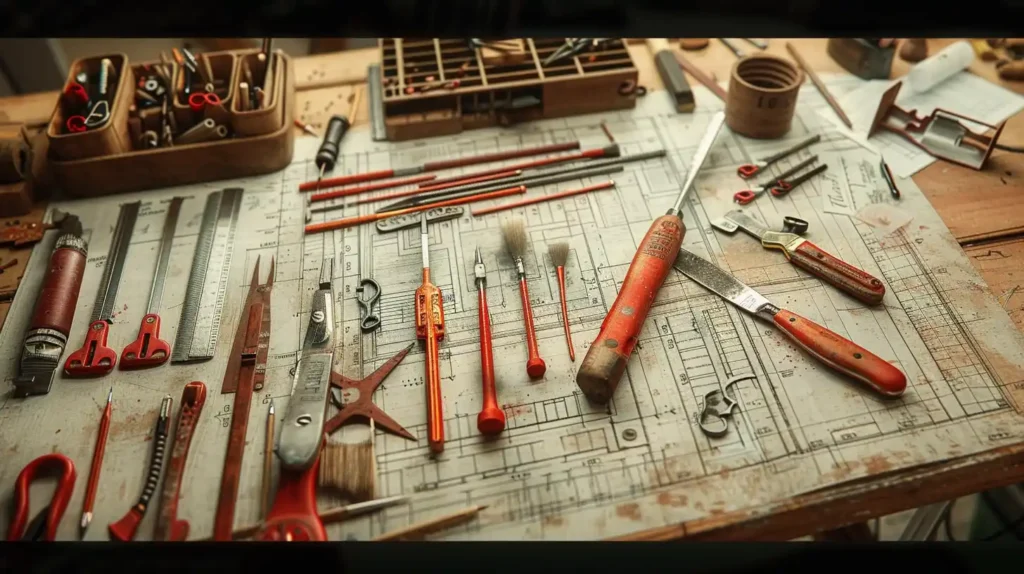
Engage with Stakeholders
Retrofitting projects often involve multiple stakeholders, from building owners and tenants to local authorities and community members. So, be sure to engage with all relevant parties throughout the process. Solicit feedback, address concerns, and keep everyone informed about the project’s progress to build trust and goodwill.
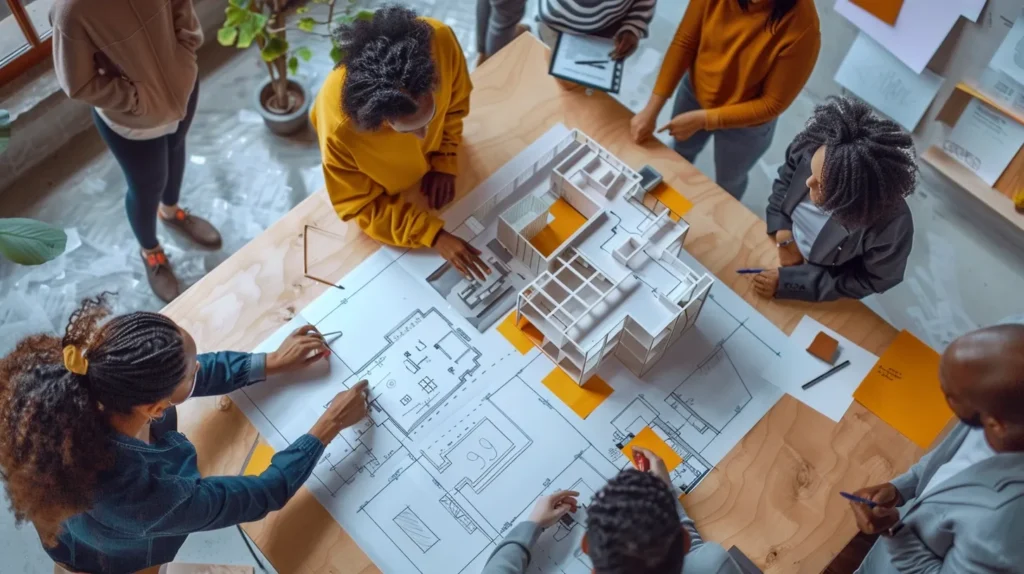
Monitor and Evaluate
Once your retrofitting project is complete, don’t just set it and forget it. Take the time to monitor and evaluate the performance of your upgrades over time. This will help you identify any issues that arise and make adjustments as needed to ensure optimal performance and efficiency.
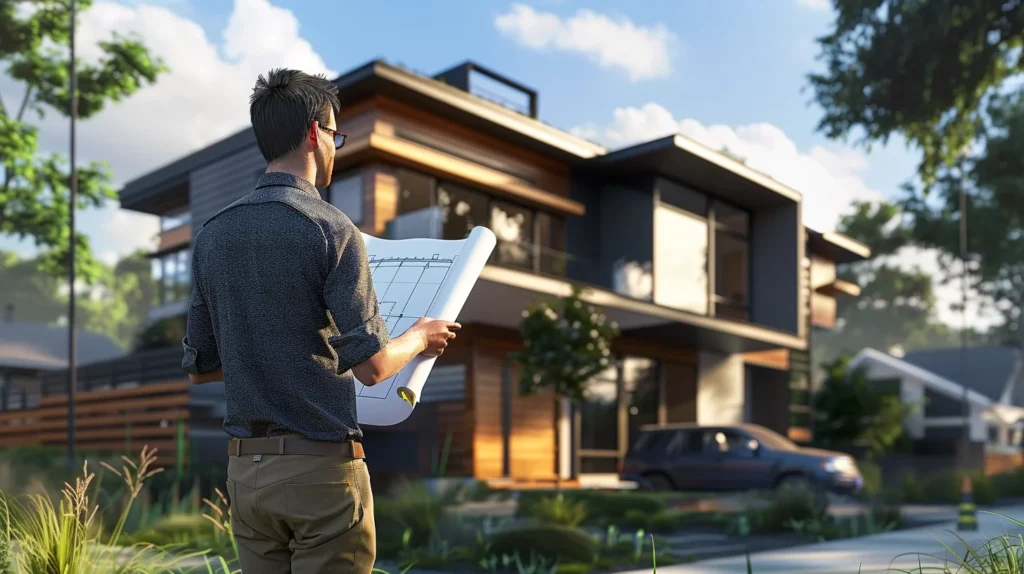
By following these tips, you’ll be well on your way to successful retrofitting projects that enhance existing buildings’ functionality, sustainability, and longevity. And remember, if you ever need guidance or support along the way, Designs Boss is here to help. Talk To Us!!!
Latest

What Are The Most Beautiful Bridges Ever Designed

What Are the Best Architectural Designs To Date
